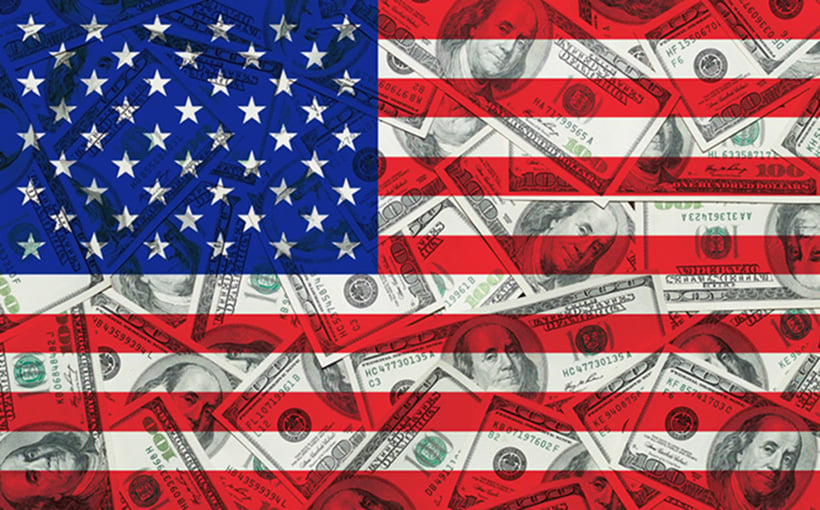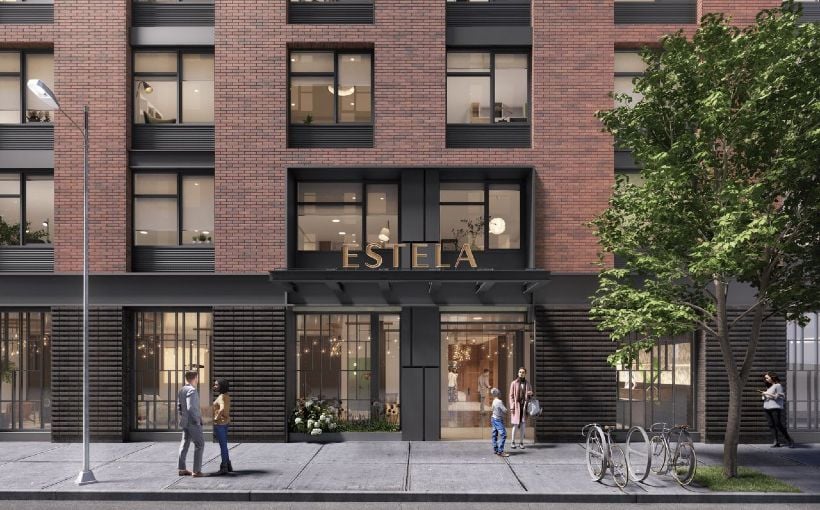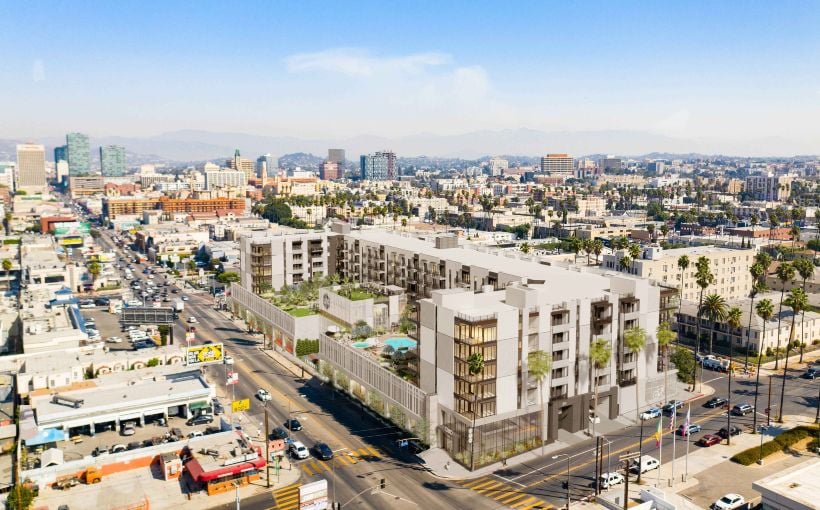Richard Barkham: Job Growth, the Fed and CRE Effects
The past month has seen two metrics surpass expectations, with Q4 2023 GDP increasing at an annual rate of 3.3% and the addition of 353,000 jobs in January 2024 – well above analysts’ prediction of 185,000. This news should be welcomed as a positive sign for the economy. However, according to a recent CBRE article by experts in commercial real estate (CRE), it also validates the Federal Reserve’s cautious approach to cutting rates.
CBRE’s Global Chief Economist Richard Barkham explains that job growth is just one factor considered by the Fed when determining whether or not to cut rates. The central bank also takes into account other demand-side measures such as productivity growth and labor market participation as well as supply-side factors like capacity utilization and supply chains.
Inflation is another important consideration for the Fed. Ryan Severino from BGO believes that while inflation is on its way towards reaching its target level, it has not yet technically reached this goal.
So where did these job gains come from? According to Severino, key categories include education and health services; leisure and hospitality; government; and more recently professional business services have started generating more jobs.
Barkham notes that these strong employment numbers are driven by real income gains which have led to robust consumer spending – ultimately resulting in higher Q4 GDP figures. While this level of growth may not be sustainable long-term without causing inflationary pressures on prices across different sectors within our economy – continued high-productivity levels could allow for quick economic expansion without triggering significant price increases over time.”
Looking at how all this impacts commercial real estate investment activity during H2-2020s – CBRE’s article suggests there will likely be some easing off interest rate hikes soon after May due cooling down inflation which would increase ‘real’ interest rates heightening risks related economic growth. This would lead to a reduction in the EFFR, which could potentially increase commercial real estate investment activity during H2 2024.
Barkham also notes that strong consumer spending has positive effects on multifamily and industrial sectors as well. With more people able to take on rental obligations, this benefits the multifamily sector while increased retail sales drive demand for industrial space. Additionally, bricks and mortar retail is experiencing a shortage of Grade A space due to high consumer spending levels.
Severino predicts that once the Fed starts easing its stance, we can expect an uptick in CRE capital markets’ volume and pricing as well as positive appreciation returns throughout 2024. While these changes may not happen immediately after interest rate cuts are implemented – they should gradually build over time throughout the year.
In conclusion, job growth continues to be a key driver for GDP expansion with potential impacts on inflation rates – leading experts at CBRE believe there will likely be some easing off interest rate hikes soon after May due cooling down inflation which would increase ‘real’ interest rates heightening risks related economic growth; however this news should still provide welcome relief from recent concerns about possible overheating within our economy.”




